Home>Garden Essentials>How Much Are Large Rocks For Landscaping
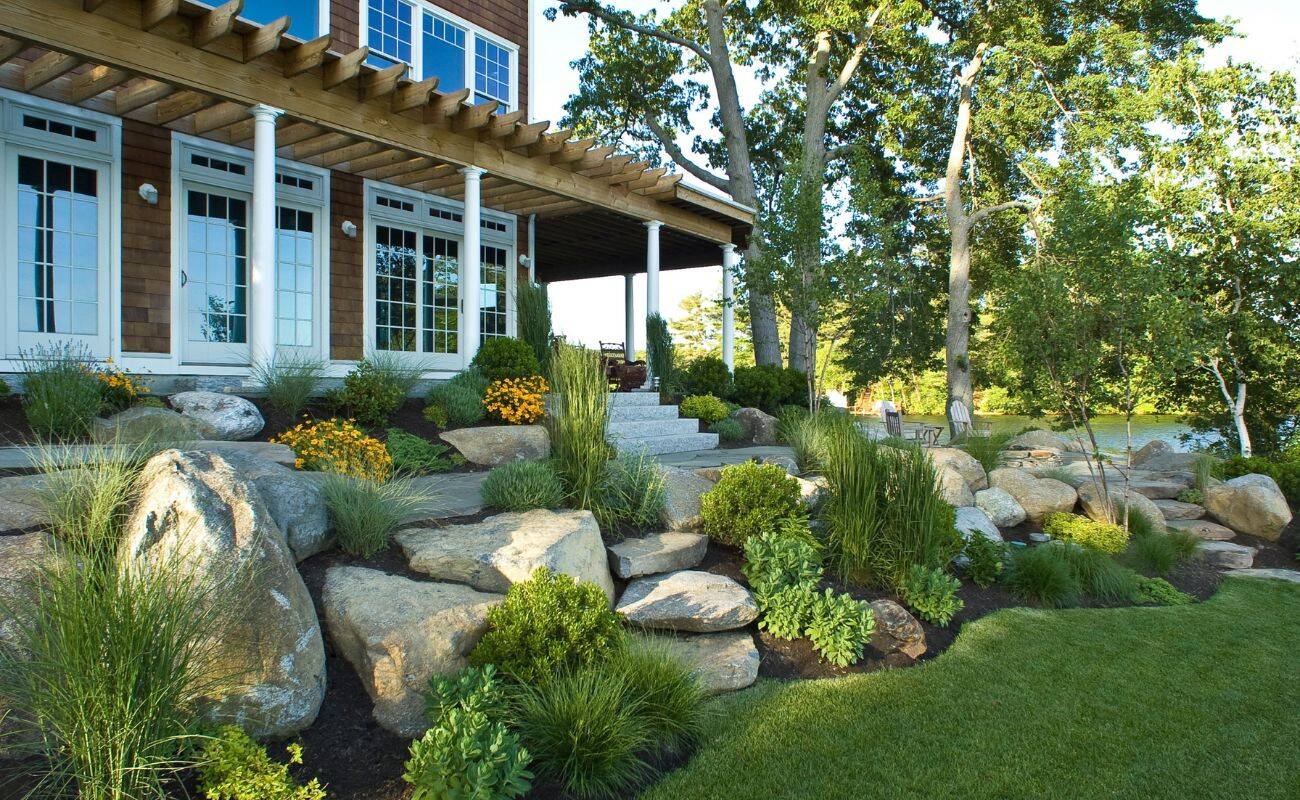

Garden Essentials
How Much Are Large Rocks For Landscaping
Modified: May 6, 2024
Looking to enhance your garden with large landscaping rocks? Discover how much they cost and find the perfect addition for your outdoor space.
(Many of the links in this article redirect to a specific reviewed product. Your purchase of these products through affiliate links helps to generate commission for Storables.com, at no extra cost. Learn more)
Introduction
Welcome to the world of large rocks for landscaping! If you’re looking to transform your outdoor space into a picturesque oasis, incorporating large rocks into your design can make a stunning impact. Whether you want to create a natural rock garden, build a retaining wall, or add focal points in your yard, large rocks offer endless possibilities.
When it comes to landscaping with large rocks, one of the key considerations is the cost. The price of large rocks can vary depending on several factors, such as size, type, and availability. In this article, we will explore the factors that affect the cost of large rocks for landscaping and provide valuable insights into the average prices and additional costs associated with using them.
Not only do large rocks add beauty and aesthetic appeal to your outdoor space, but they also offer practical benefits. They can help with erosion control, provide natural boundaries, and create a sense of drama and depth in your landscaping design. However, it’s important to have a clear understanding of the costs and considerations involved before diving into your rock landscaping project.
Whether you’re planning to hire professionals or take a DIY approach, this article will guide you through the key aspects you need to know about large rocks for landscaping. From selecting the right type of rock to installing them properly, we’ll provide you with the knowledge and insights to make informed decisions and achieve the garden of your dreams.
So, let’s get started by exploring the factors that can affect the cost of large rocks for landscaping.
Key Takeaways:
- Large rocks for landscaping can cost anywhere from $100 to $800 per ton, depending on factors like size, type, and availability. It’s essential to consider additional expenses like transportation and installation when budgeting for a rock landscaping project.
- Incorporating large rocks into your landscape not only adds natural beauty but also offers practical benefits such as erosion control, durability, and habitat creation. Proper planning, site preparation, and maintenance are key to achieving a visually pleasing and long-lasting rock landscaping design.
Read more: How To Place Large Rocks In Landscaping
Factors Affecting the Cost of Large Rocks for Landscaping
The cost of large rocks for landscaping can vary based on several factors. Understanding these factors will help you make informed decisions and budget effectively for your landscaping project. Here are the key factors that can affect the cost:
- Size of the Rocks: The size of the rocks you choose will have a significant impact on the cost. Generally, larger rocks will cost more than smaller ones, as they require more effort to source, transport, and install.
- Type of Rock: There are various types of rocks available for landscaping, each with its own unique characteristics and price range. Common types include limestone, granite, sandstone, and volcanic rock. The cost will depend on the rarity and availability of the rock.
- Availability: The availability of the rocks in your region will also affect the cost. If the rocks are readily available locally, the cost is likely to be lower compared to rocks that need to be imported from a distant location.
- Transportation: The cost of transporting the rocks to your location is an important consideration. Large rocks can be heavy and require specialized equipment for transportation. The distance from the source to your site will impact the transportation cost.
- Quantity: The quantity of rocks needed for your landscaping project will also influence the cost. Whether you’re looking for a few rocks as accent pieces or require a larger quantity to create a grand rock formation, the total quantity will impact the overall cost.
- Quality: The quality of the rocks can affect the cost as well. Rocks that are more uniform in shape and texture and have fewer flaws may be priced higher than those with irregularities or imperfections.
- Labor and Installation: If you’re hiring professionals for rock installation, labor costs will be an additional factor to consider. The complexity of the installation and the time required will influence the overall cost.
It’s important to note that these factors are interrelated, and a combination of them will determine the final cost of large rocks for landscaping. By considering these factors and working within your budget, you can create a beautiful landscape that fits your vision.
Now that we’ve explored the factors that affect the cost, let’s delve into the popular types of large rocks for landscaping.
Popular Types of Large Rocks for Landscaping
When it comes to landscaping with large rocks, there is a wide range of options to choose from. Each type of rock has its own unique characteristics, colors, and textures, allowing you to create a customized and visually appealing outdoor space. Here are some popular types of large rocks for landscaping:
- Limestone: Limestone rocks are a popular choice for landscaping due to their natural beauty and versatility. They come in various colors, including shades of white, beige, and gray. Limestone rocks can be used to create retaining walls, accent pieces, or even as stepping stones in your garden.
- Granite: Granite rocks are renowned for their durability and aesthetic appeal. They are available in a wide range of colors, such as black, gray, pink, and brown. Granite rocks are often used in building retaining walls, creating pathways, or as decorative boulders in garden designs.
- Sandstone: Sandstone rocks offer a unique blend of colors and textures, ranging from warm earthy tones to vibrant reds and yellows. These rocks are perfect for adding a natural and rustic touch to your landscape. They can be used as garden borders, water features, or as pillars in hardscaping designs.
- Volcanic Rock: Volcanic rock, also known as lava rock or basalt, is characterized by its dark color and porous texture. This type of rock is lightweight and durable, making it ideal for various landscaping applications. Volcanic rocks can be utilized in rock gardens, as ground cover, or as a mulch substitute.
- Flagstone: Flagstone rocks are flat, thin, and are commonly used for creating pathways, patios, and stepping stones. They come in a variety of colors, such as gray, brown, and red. Flagstone rocks provide a natural and smooth surface that adds elegance and functionality to your outdoor space.
These are just a few examples of the popular types of large rocks used in landscaping. Depending on your design preferences and the overall theme of your outdoor space, you can select the type of rock that suits your needs best. It’s also possible to mix and match different types of rocks to create a dynamic and visually appealing landscape.
Now that you have an idea of the popular types of large rocks for landscaping, let’s move on to discussing the average prices of these rocks.
Average Prices of Large Rocks for Landscaping
The cost of large rocks for landscaping can vary widely depending on various factors, as discussed earlier. Here, we will provide you with some average price ranges to give you a general idea of what to expect when purchasing large rocks for your landscaping project. It’s important to note that these prices can fluctuate based on geographical location and market conditions.
On average, large rocks for landscaping can range anywhere from $100 to $800 per ton. However, keep in mind that smaller rocks and boulders may cost less, while larger and more specialized rocks may fall on the higher end of the price range. Prices can also be influenced by the type, quality, and availability of the rocks in your area.
Here are some approximate average prices for different types of large rocks:
- Limestone Rocks: $100 – $250 per ton
- Granite Rocks: $150 – $400 per ton
- Sandstone Rocks: $100 – $300 per ton
- Volcanic Rocks: $150 – $500 per ton
- Flagstone Rocks: $200 – $800 per ton
Please note that these prices are estimates and can vary depending on factors like size, quality, and availability. It’s always recommended to obtain multiple quotes from suppliers in your area to ensure you’re getting the best price.
In addition to the cost of the rocks themselves, it’s essential to consider additional costs associated with large rock landscaping. Let’s take a look at some of these costs in the next section.
When purchasing large rocks for landscaping, it’s important to consider the type of rock, size, and weight. Prices can vary based on these factors, but on average, large landscaping rocks can cost anywhere from $100 to $800 per ton. It’s best to shop around and compare prices from different suppliers before making a purchase.
Additional Costs Associated with Large Rocks for Landscaping
When budgeting for your large rock landscaping project, it’s important to consider the additional costs beyond just the price of the rocks themselves. Here are some common expenses you may need to factor in:
- Delivery and Transportation: Depending on the size and quantity of the rocks, you may need to hire a professional delivery service to transport them to your location. The delivery cost will depend on the distance and logistics involved.
- Site Preparation: Before installing the large rocks, you may need to prepare the site by clearing vegetation, leveling the ground, and removing any debris. The cost of site preparation can vary based on the size and condition of your outdoor space.
- Equipment Rental: If you’re taking a DIY approach, you may need to rent or purchase equipment to aid in the installation process. This can include machinery for lifting and moving heavy rocks, as well as tools for excavation and preparation.
- Professional Installation: Depending on the complexity of your landscaping project, you may choose to hire professionals for the installation. The cost of labor will vary based on factors such as the size of the project and the expertise required.
- Landscaping Fabric and Materials: To ensure proper drainage and prevent weed growth, you may need to purchase landscaping fabric and other materials for the base of your rock installation. These additional materials will add to the overall project cost.
- Maintenance and Upkeep: While large rocks require minimal maintenance compared to other landscaping elements, you may need to budget for occasional cleaning and repositioning. This will help preserve the integrity and appeal of your rock design over time.
By considering these additional costs, you can create a more realistic budget and avoid any surprises along the way. It’s always a good idea to consult with landscape professionals or suppliers to get accurate estimates based on your specific project requirements.
Now that we’ve explored the factors affecting the cost and additional expenses associated with large rock landscaping, let’s move on to the benefits of using these rocks in your outdoor space.
Read more: How Much Are White Rocks For Landscaping
Benefits of Using Large Rocks for Landscaping
Landscaping with large rocks offers numerous benefits beyond their visual appeal. Whether you’re looking to enhance the natural beauty of your outdoor space or create functional elements, incorporating large rocks can provide several advantages. Here are some benefits of using large rocks for landscaping:
- Natural Beauty and Aesthetic Appeal: Large rocks add a touch of natural beauty and create a visually stunning landscape. Their unique shapes, colors, and textures can transform any ordinary space into a captivating and picturesque setting.
- Durability and Longevity: One of the major advantages of using large rocks is their durability. Unlike some landscaping materials, rocks can withstand various weather conditions and retain their beauty over time. They require minimal maintenance and can last for decades, making them a cost-effective choice in the long run.
- Erosion Control: Large rocks can help prevent soil erosion by acting as natural barriers. Placing them strategically along slopes or areas prone to erosion can help stabilize the soil and protect your landscape from damage caused by water runoff.
- Focal Points and Visual Impact: Large rocks can be used as focal points or centerpieces in your garden design. Placing them strategically can draw attention, create visual interest, and guide the flow of your outdoor space. They can also serve as stunning backdrops for other landscaping elements, such as water features or plants.
- Functionality and Practicality: Large rocks can serve practical purposes in your landscape design. They can be used to create retaining walls, steps, or terraces, providing structural support and helping to shape the layout of your outdoor space. Rocks can also be used as seating areas or as natural boundary markers.
- Habitat Creation: Rocks provide a habitat for various forms of wildlife, including insects, birds, and small mammals. They offer shelter and nesting spots, contributing to the ecological balance of your landscape. By incorporating large rocks, you’ll be creating a welcoming environment for a range of creatures.
- Sustainability: Using large rocks in your landscaping is an environmentally friendly choice. They are natural, non-toxic, and require less maintenance compared to other materials. Furthermore, rocks can help conserve water by reducing evaporation and runoff, thus promoting water efficiency in your outdoor space.
These benefits highlight the versatility and functionality of large rocks in landscaping. By utilizing their natural beauty and practical features, you can create a stunning and sustainable outdoor environment that enhances your property’s value and your enjoyment of your space.
Now that we’ve explored the benefits of using large rocks, let’s move on to some tips for buying and installing them in your landscape.
Tips for Buying and Installing Large Rocks for Landscaping
When it comes to buying and installing large rocks for landscaping, careful planning and execution can make all the difference in achieving the desired results. Here are some valuable tips to keep in mind:
- Plan and Design: Before purchasing any rocks, take the time to plan and design your landscape layout. Consider the overall theme, desired focal points, and the functionality you want to achieve. A well-thought-out plan will ensure that your rock installation seamlessly integrates with the rest of your landscape.
- Research and Select the Right Type of Rock: Research and familiarize yourself with the different types of rocks available for landscaping. Consider factors such as their colors, textures, and durability, and choose a rock type that complements your design vision. Visit local suppliers or rock yards to see the rocks in person before making a decision.
- Measure Your Space: Before making any purchases, accurately measure the dimensions of your outdoor space. This will help you determine the quantity and size of rocks you’ll need. It’s better to overestimate slightly to account for any miscalculations or adjustments during installation.
- Consider Professional Help: Installing large rocks can be a physically demanding task, especially if the rocks are heavy or if you have limited experience. It may be worth considering hiring professionals for their expertise and to ensure the rocks are installed safely and securely.
- Prepare the Site: Prepare the installation site by removing any existing vegetation, debris, or obstructions. Level the ground and consider using landscaping fabric to prevent weed growth from beneath the rocks. Proper site preparation will ensure a stable foundation for your rock installation.
- Arrange in a Natural and Balanced Formation: When placing the rocks, aim for a natural and balanced formation. Consider the visual flow, spacing between rocks, and the overall aesthetic appeal. Avoid clustering rocks too closely together, as it can create a cluttered look. Step back periodically to assess the arrangement before finalizing the positioning.
- Secure the Rocks: Depending on the size and placement of the rocks, you may need to anchor them for stability. Use a combination of gravel, sand, or mortar to secure the rocks in place. This will prevent any movement or shifting over time and ensure a durable installation.
- Maintain and Clean Regularly: Regular maintenance and cleaning will help keep your rock landscaping looking its best. Remove any debris, leaves, or dirt that may accumulate between the rocks. Additionally, inspect the rocks periodically for any signs of damage, erosion, or shifting.
By following these tips, you can approach the buying and installation process with confidence. Remember to adapt the tips to your specific project requirements and consult with professionals if needed. With careful planning and attention to detail, your large rock landscaping can become a stunning centerpiece in your outdoor space.
Now that you have all the necessary information to embark on your rock landscaping journey, it’s time to start transforming your outdoor space into a breathtaking oasis.
Happy rock landscaping!
Conclusion
Landscaping with large rocks offers an exciting opportunity to bring natural beauty, functionality, and longevity to your outdoor space. By considering the factors that affect the cost, exploring popular rock types, understanding average prices and additional expenses, and recognizing the benefits they bring, you have gained valuable insights into incorporating large rocks into your landscape design.
Remember, when purchasing rocks for landscaping, factors such as size, type, availability, and delivery should be taken into account. By planning and designing your project, researching suitable rock types, and measuring your space accurately, you can make informed decisions and create a harmonious and visually pleasing landscape.
In addition to their aesthetic appeal, large rocks offer practical benefits such as erosion control, durability, and habitat creation. They can also serve as focal points, add functionality, and contribute to sustainability in your outdoor environment. Embracing these advantages allows you to not only enhance the beauty of your landscape but also create a lasting and environmentally friendly design.
When it comes to installing large rocks, proper site preparation, balanced placement, and securing the rocks are crucial. Whether you choose to DIY or seek professional assistance, following the tips provided will help you achieve a safe and visually pleasing installation. Remember to maintain and clean your rock landscaping regularly to ensure its longevity and continued appeal.
As you embark on your rock landscaping journey, always remember to adapt the information to your specific project requirements and seek the guidance of professionals when needed. With careful planning, attention to detail, and a touch of creativity, you can transform your outdoor space into a stunning oasis that you can enjoy for years to come.
So, let your imagination run wild, embrace the beauty of large rocks, and create a landscape that will leave a lasting impression.
Happy landscaping!
Now that you've got the scoop on large rocks for landscaping, why not dive deeper into creative garden designs? Our next feature, "40 Beautiful Rock Garden Ideas In 2022," offers a treasure of inspiration. Whether you're looking to start your rock garden project or just seeking some eye-catching ideas, this guide is packed with stunning visuals and practical tips. Let's roll up our sleeves and turn those garden dreams into reality!
Frequently Asked Questions about How Much Are Large Rocks For Landscaping
Was this page helpful?
At Storables.com, we guarantee accurate and reliable information. Our content, validated by Expert Board Contributors, is crafted following stringent Editorial Policies. We're committed to providing you with well-researched, expert-backed insights for all your informational needs.
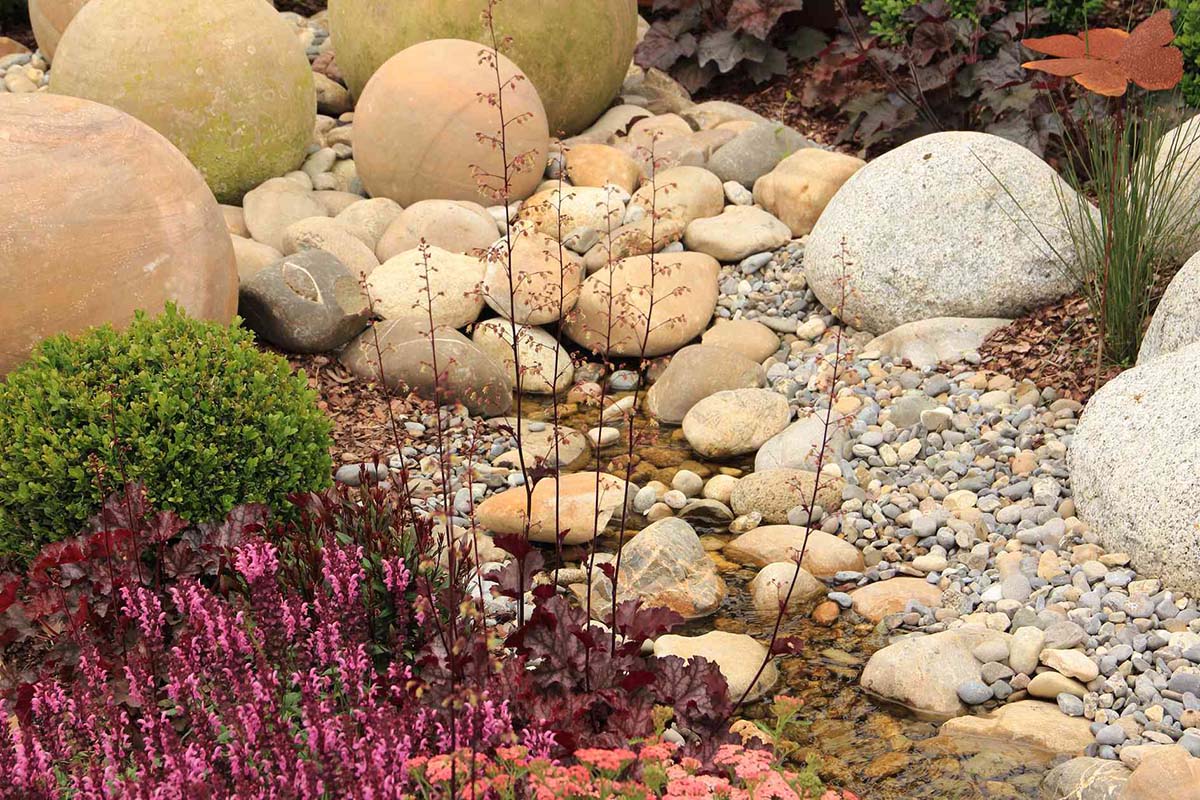
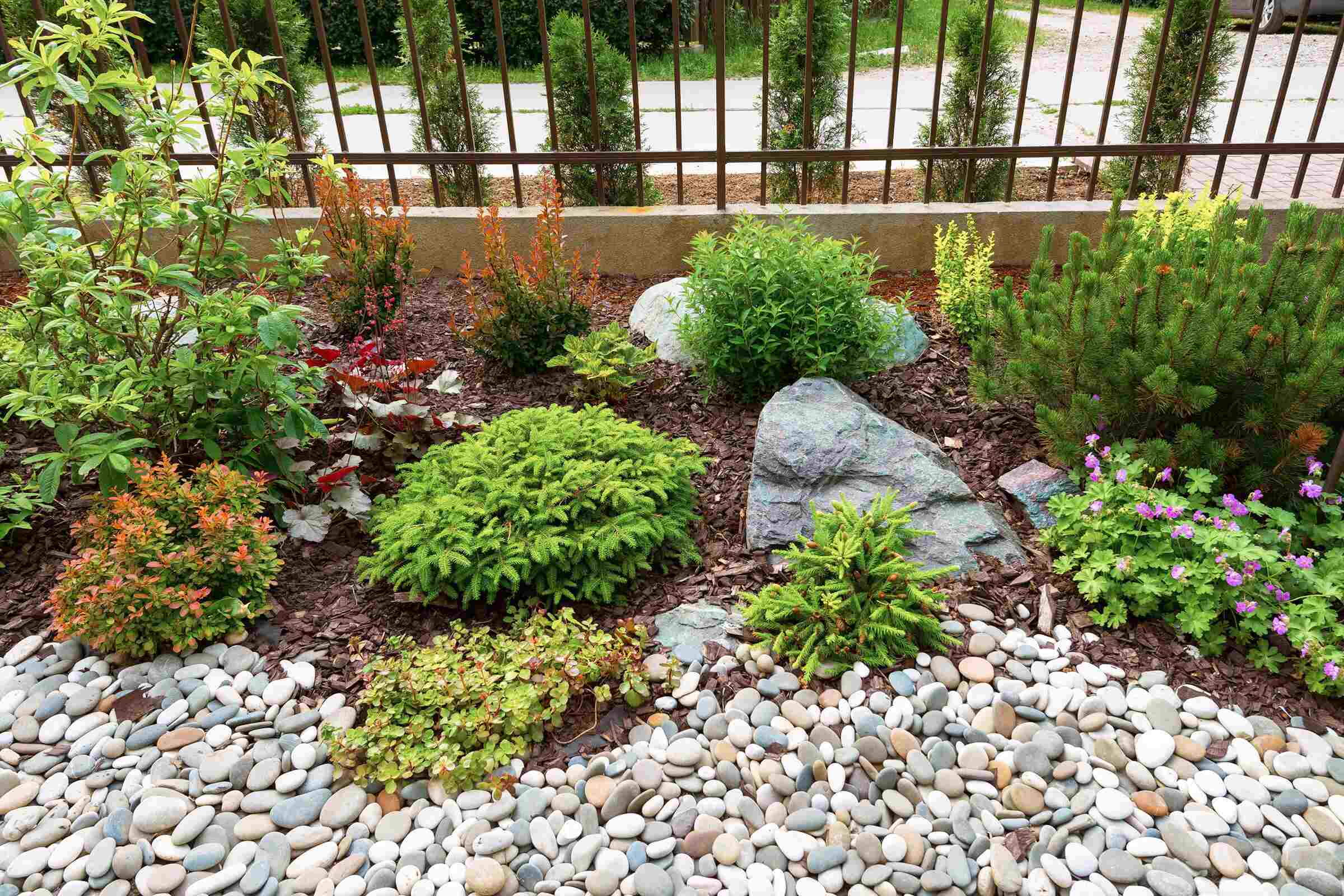
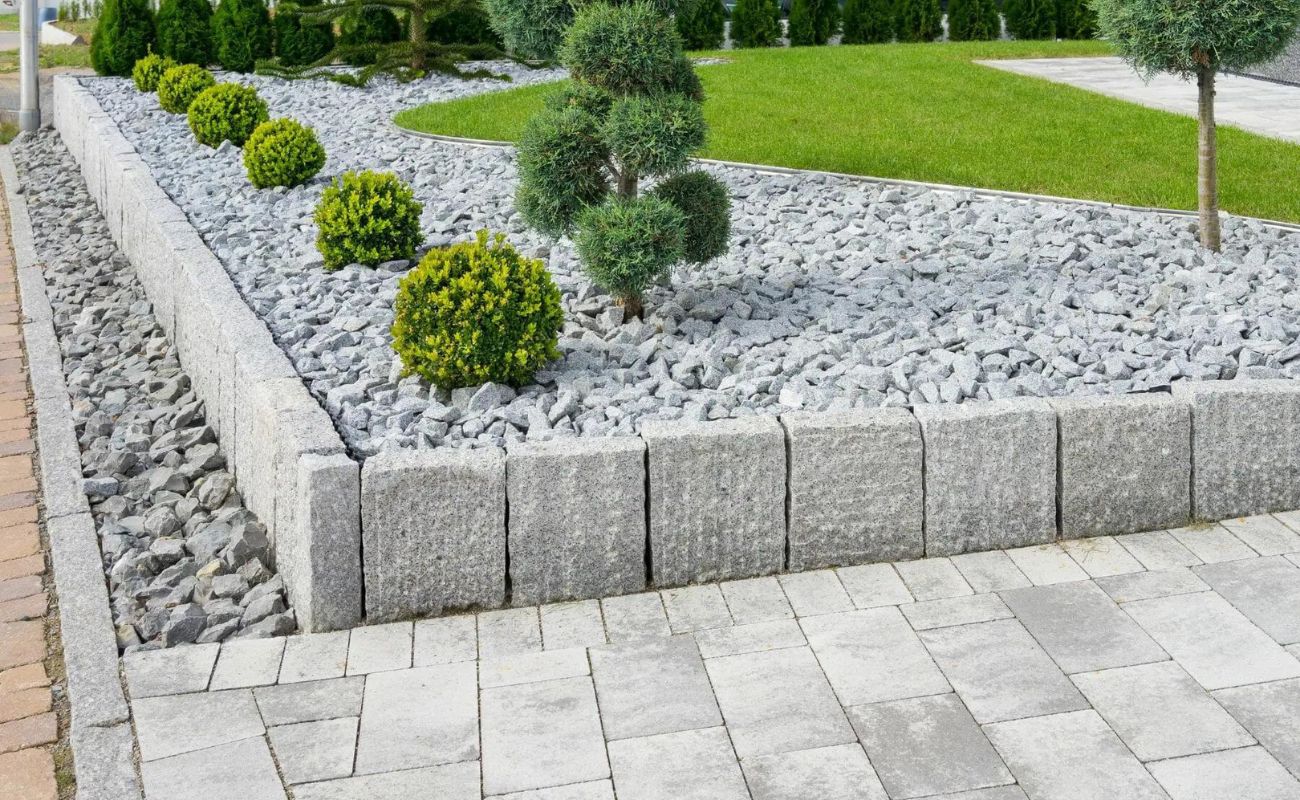
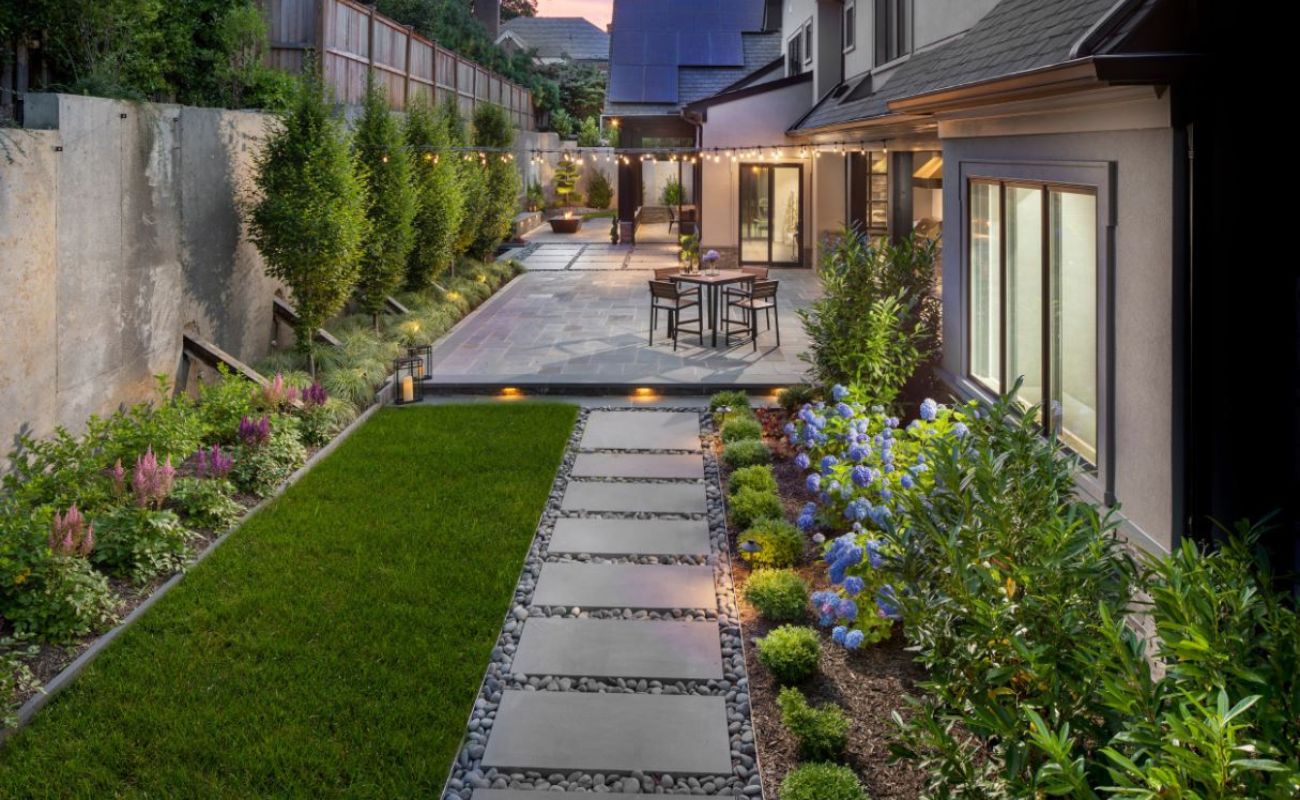
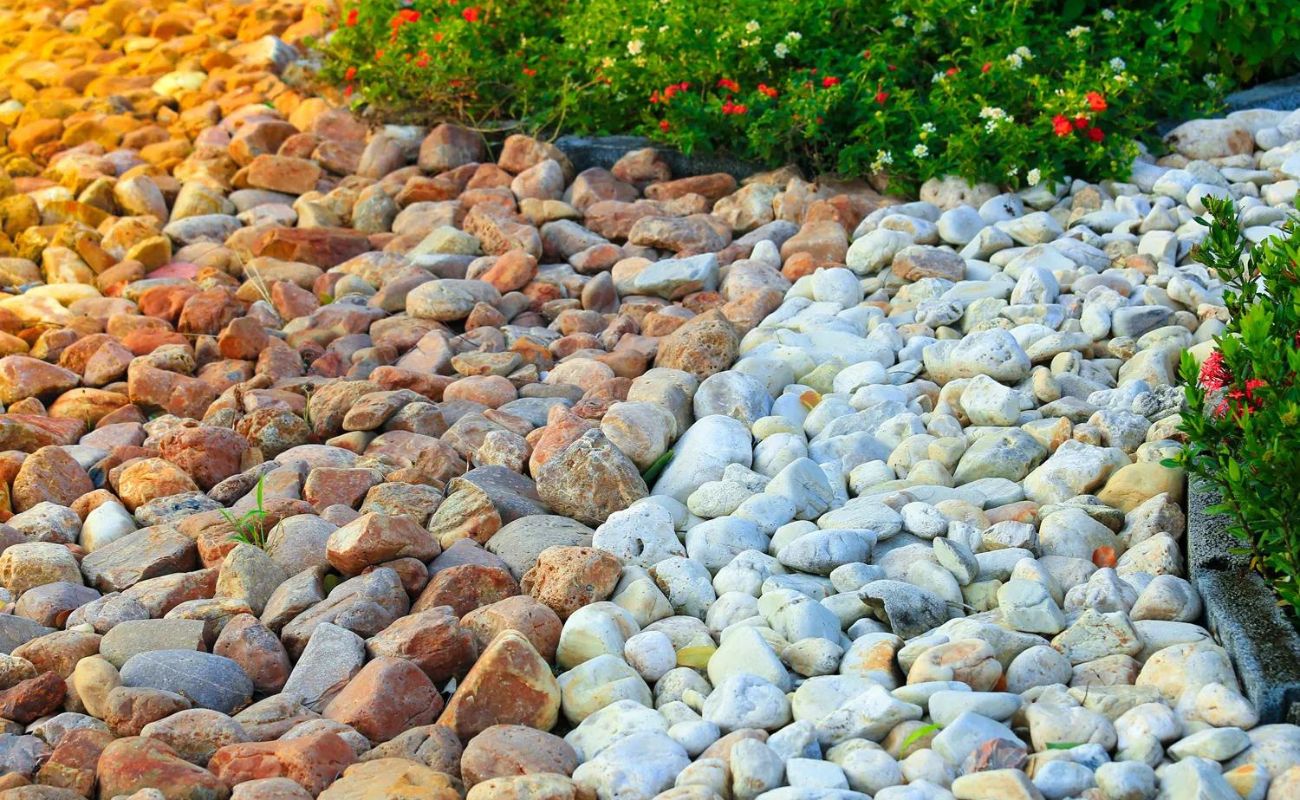
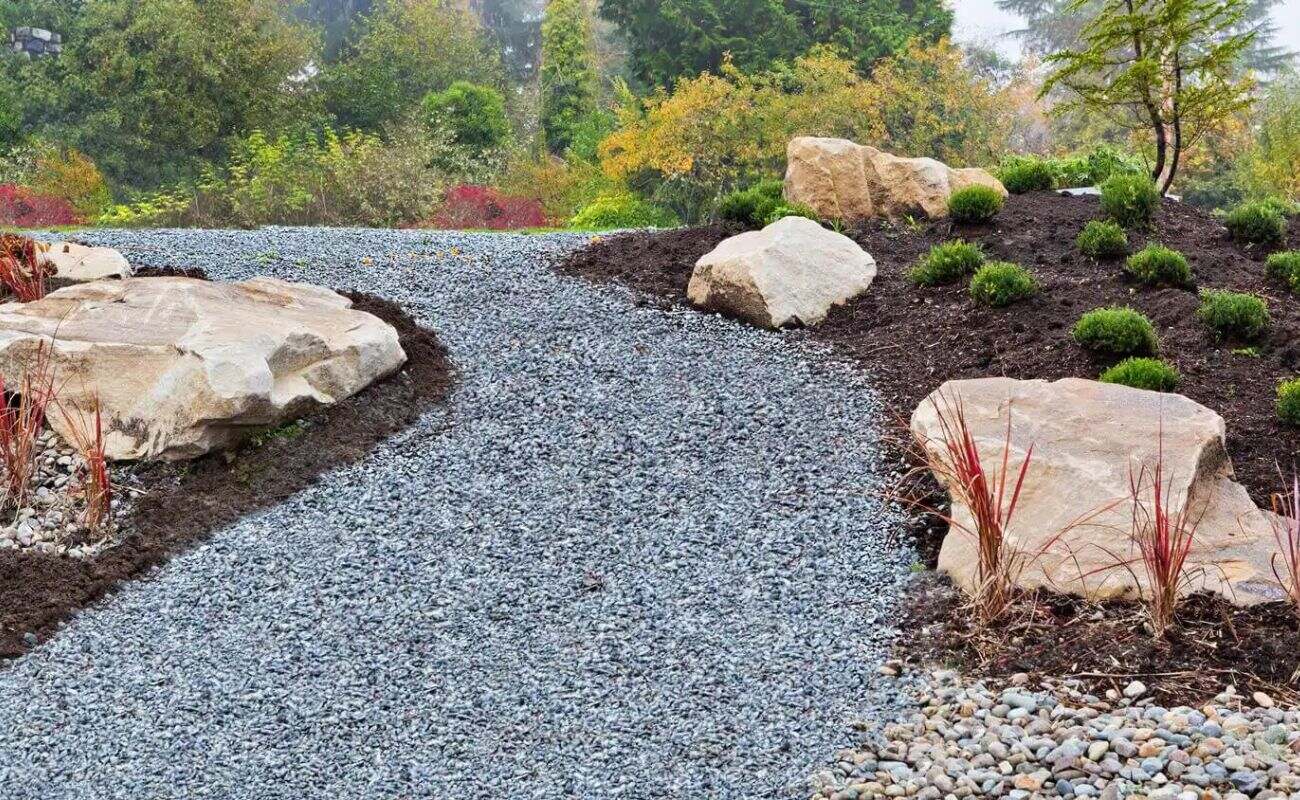
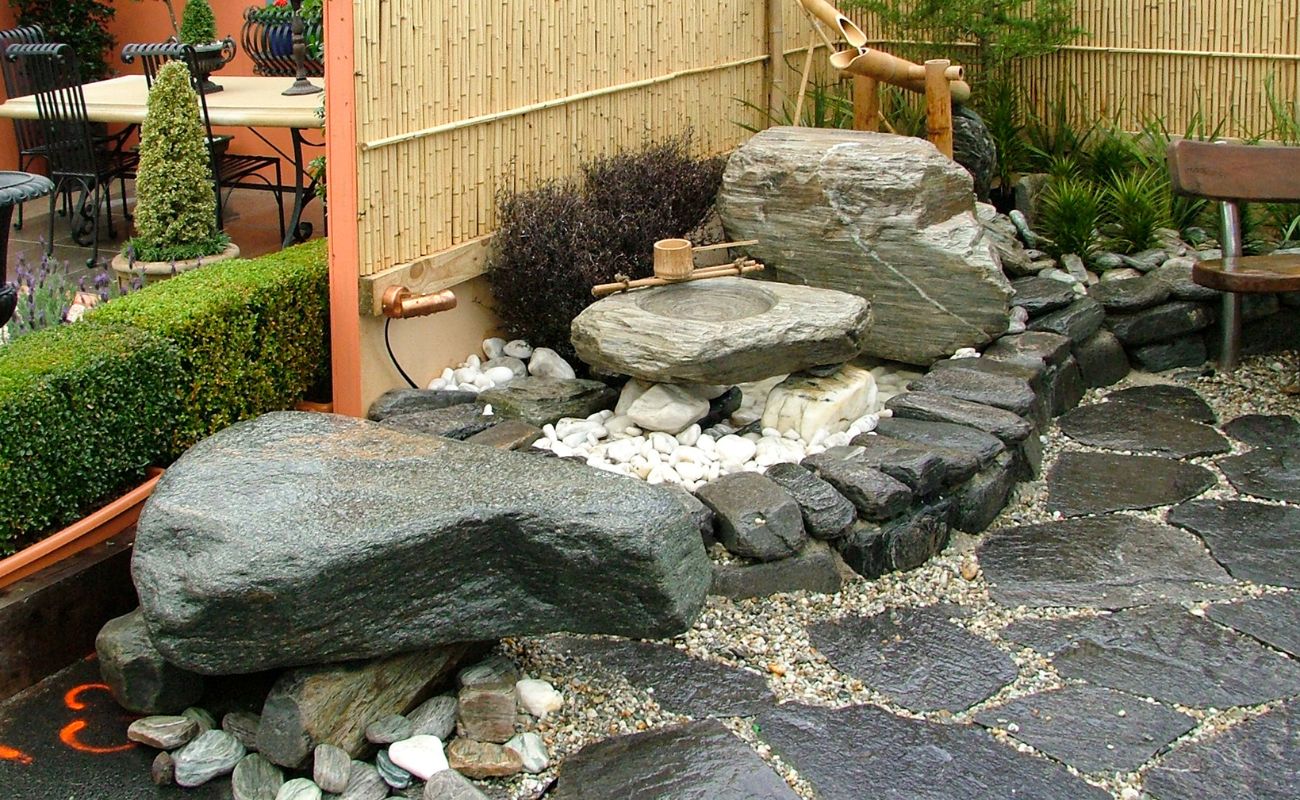
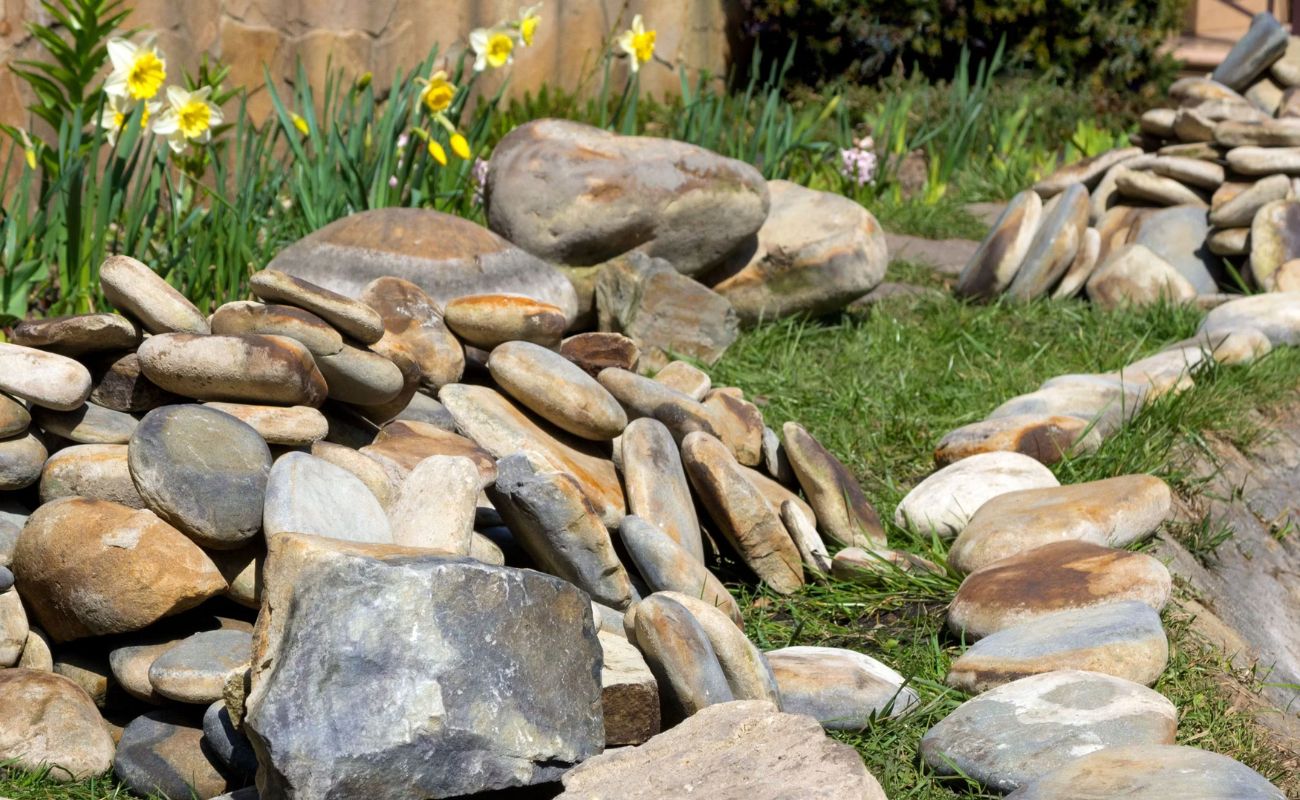
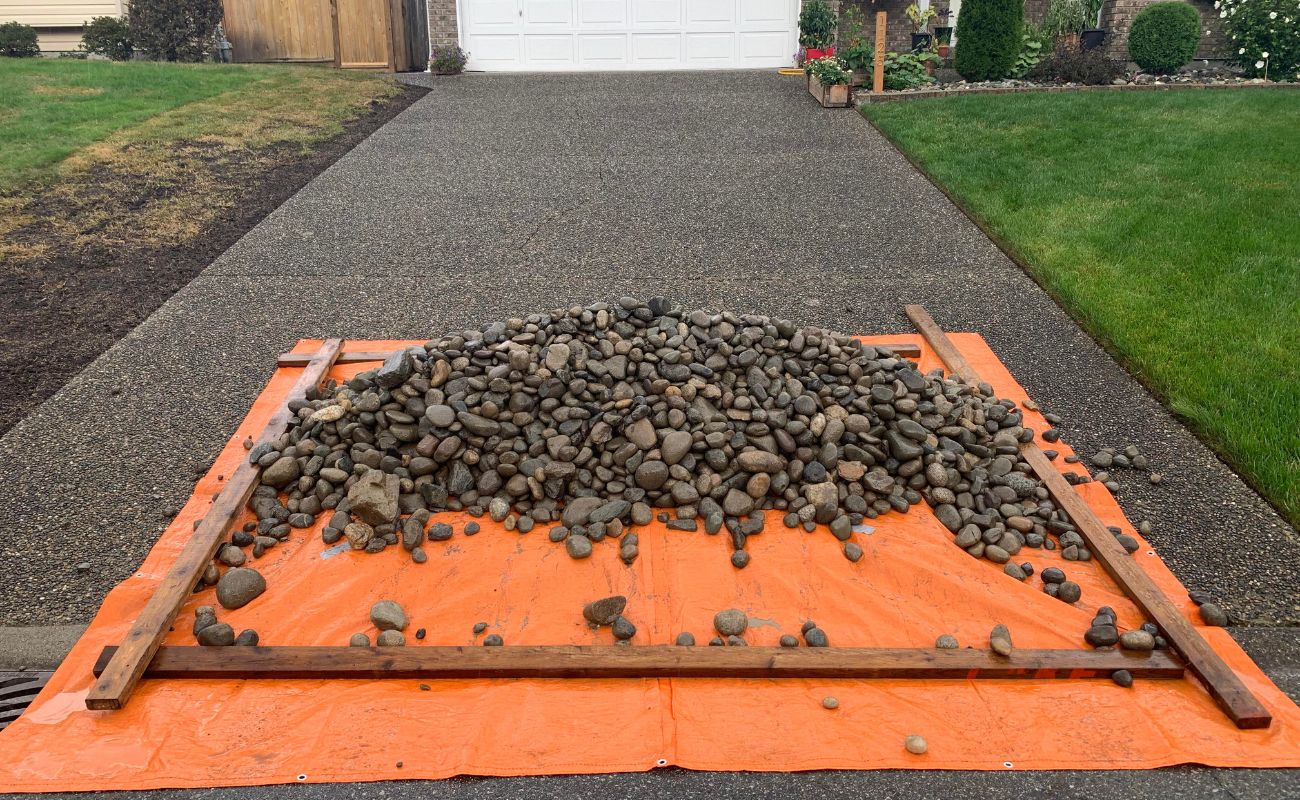
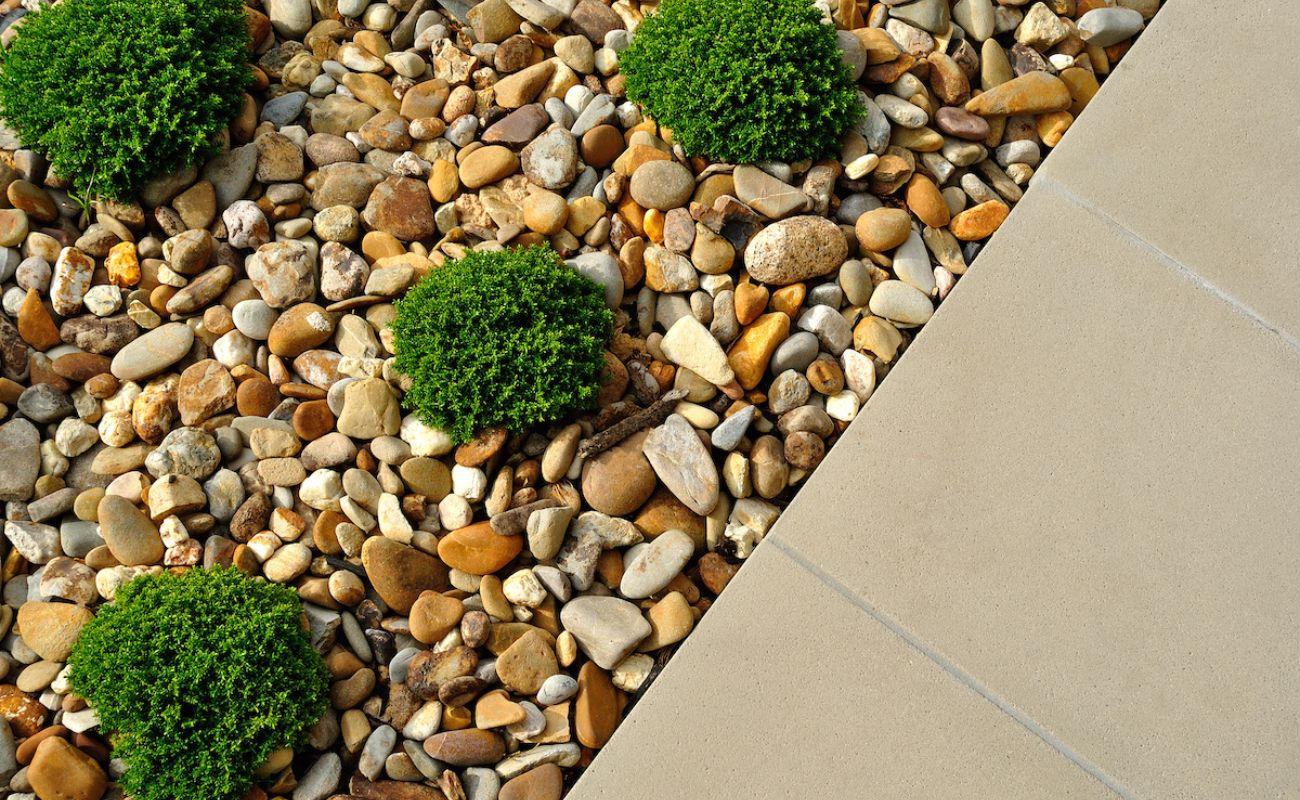


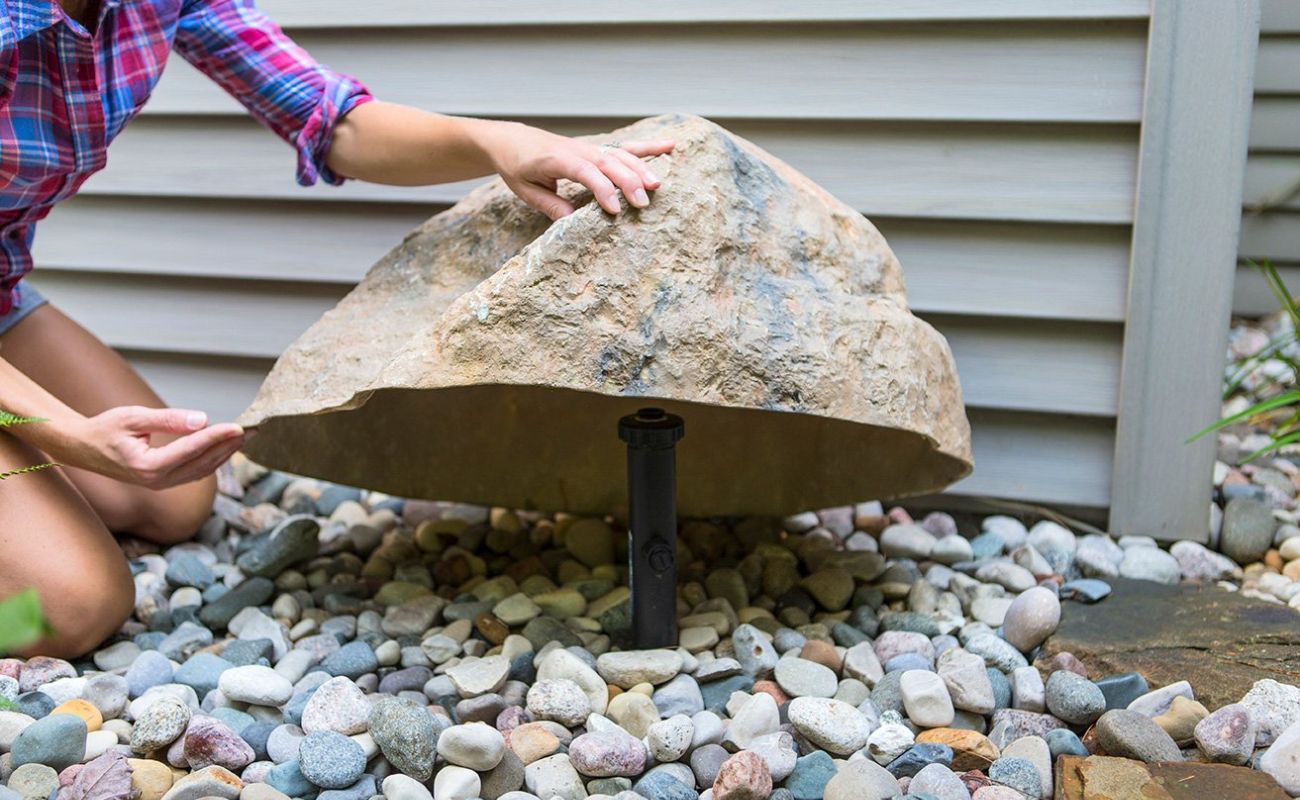
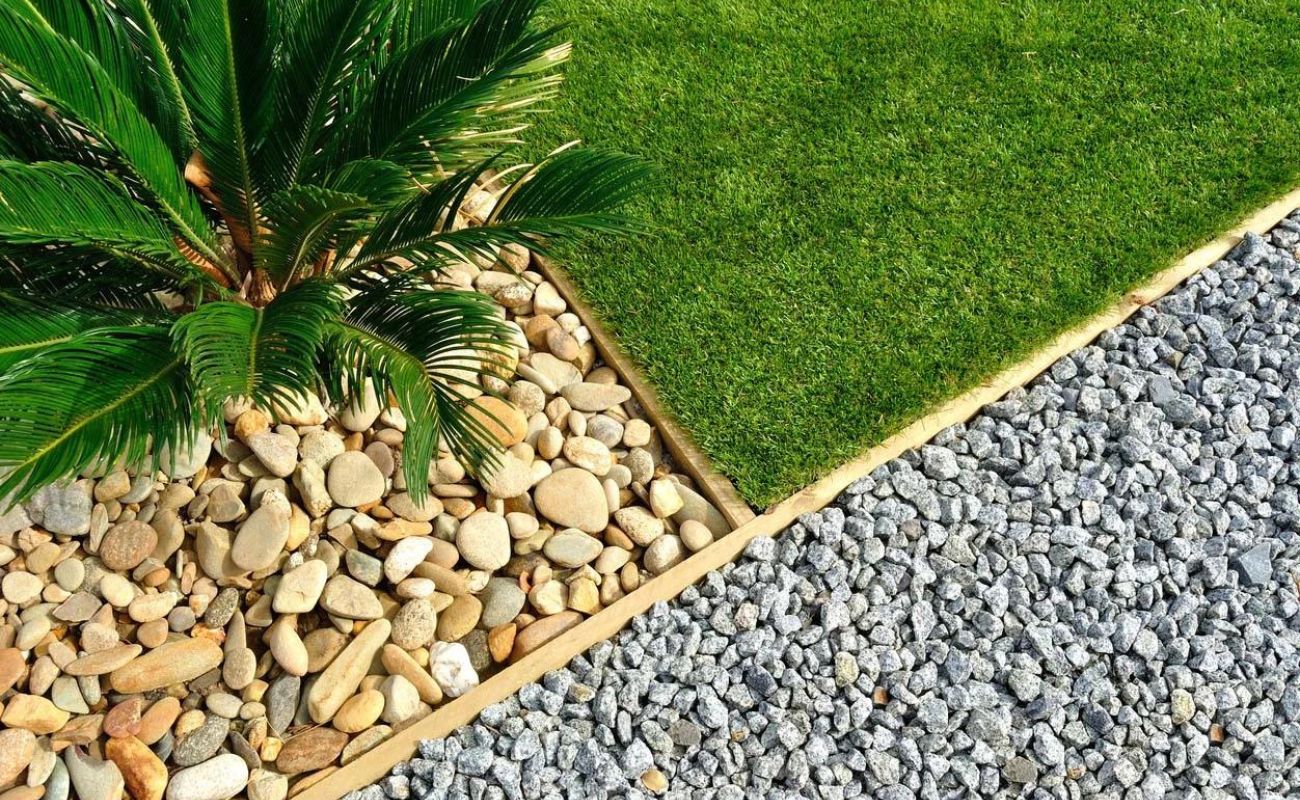

0 thoughts on “How Much Are Large Rocks For Landscaping”